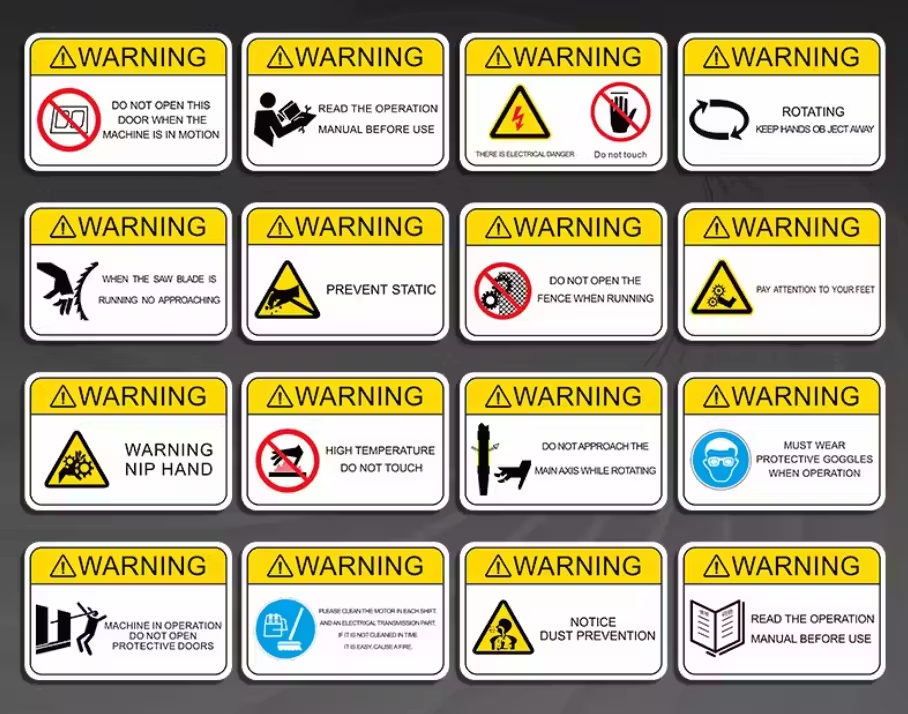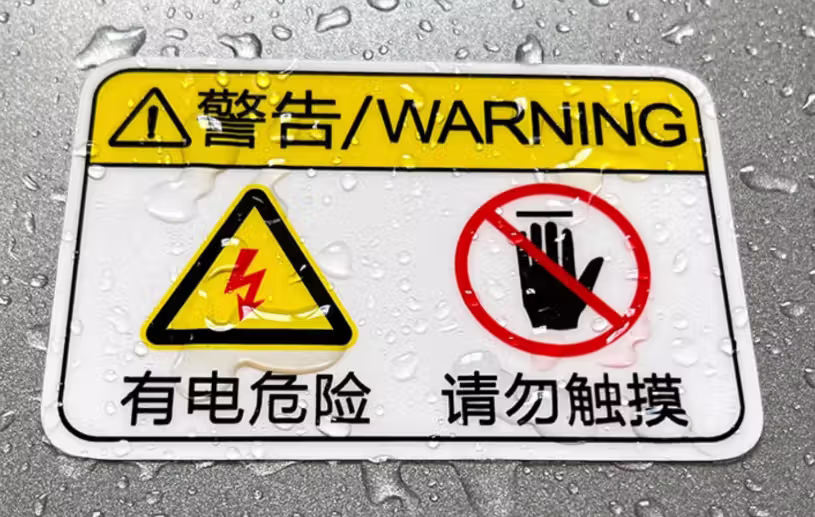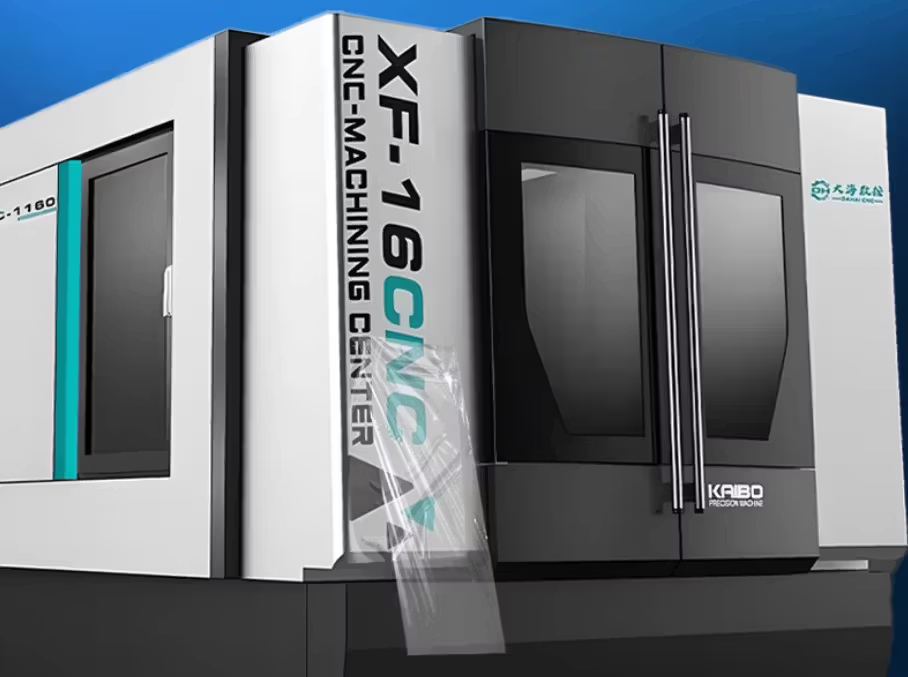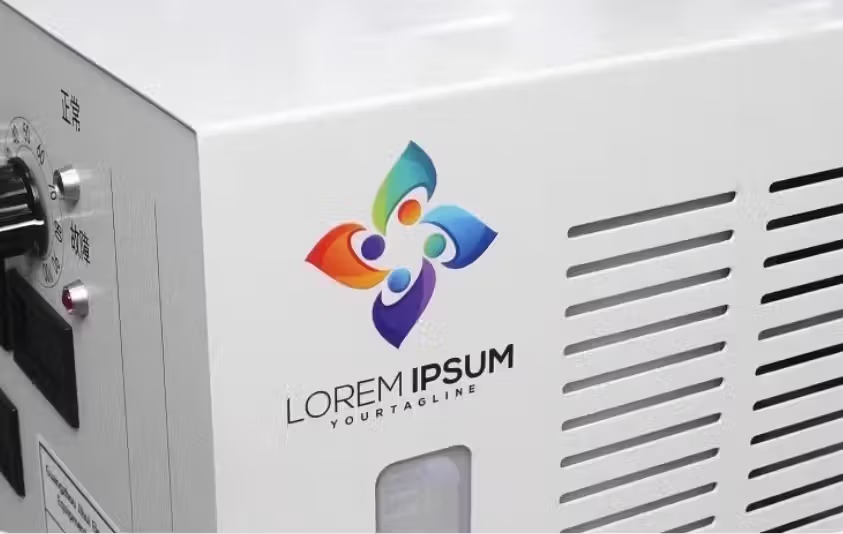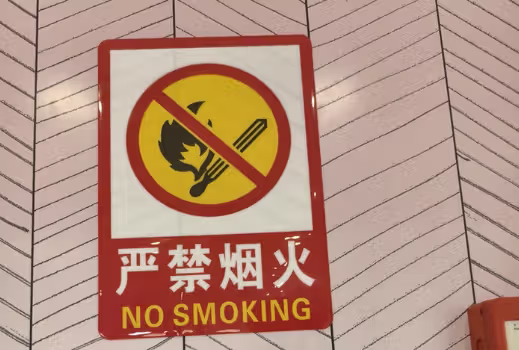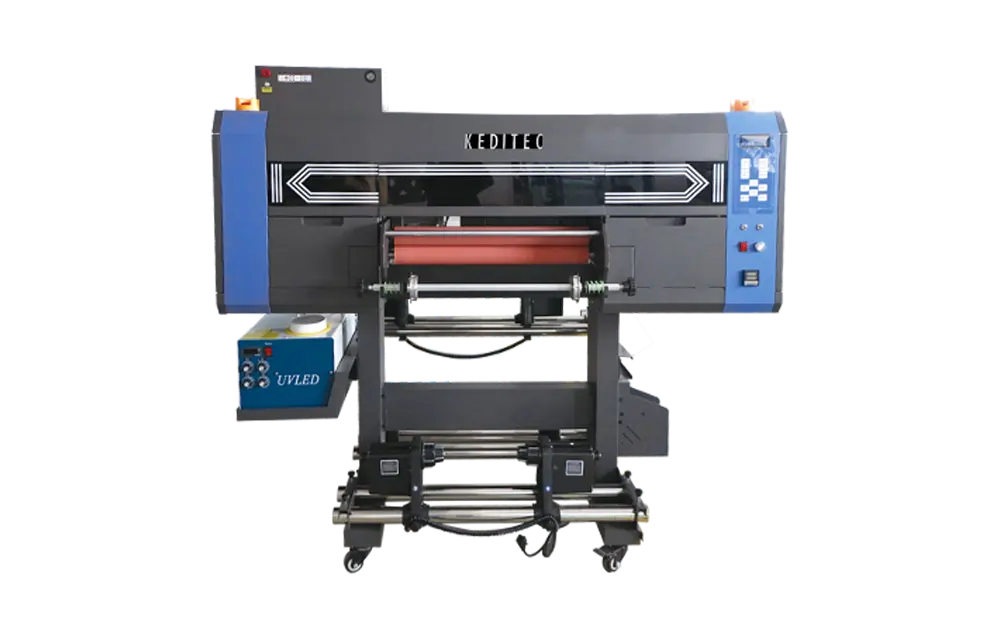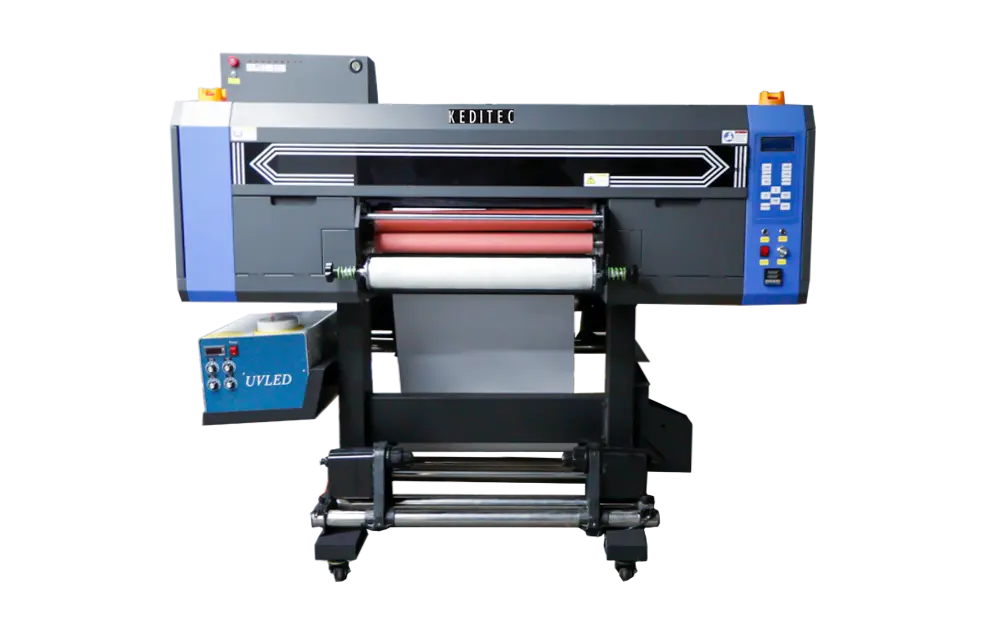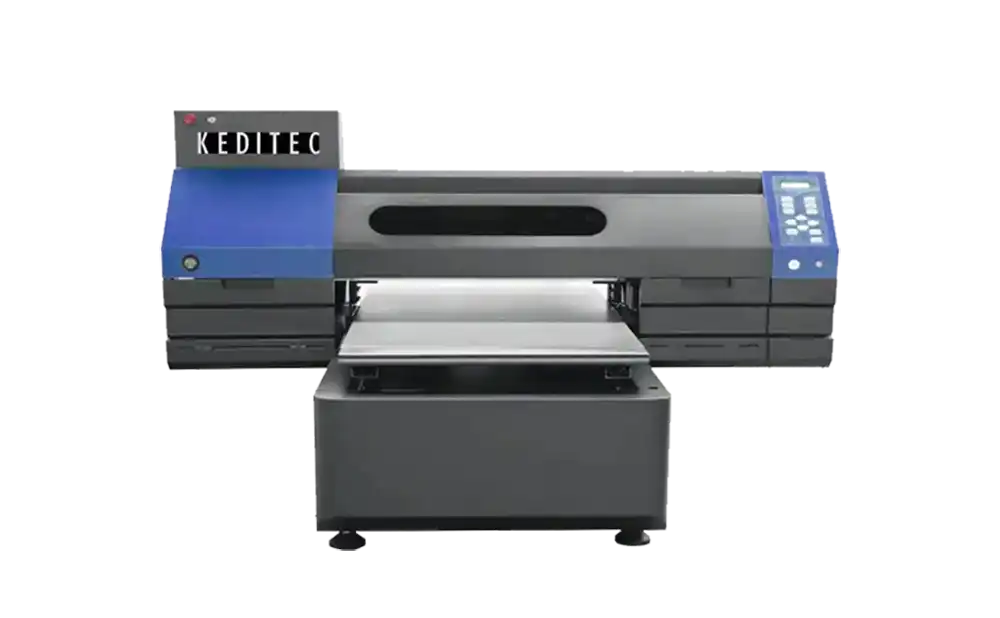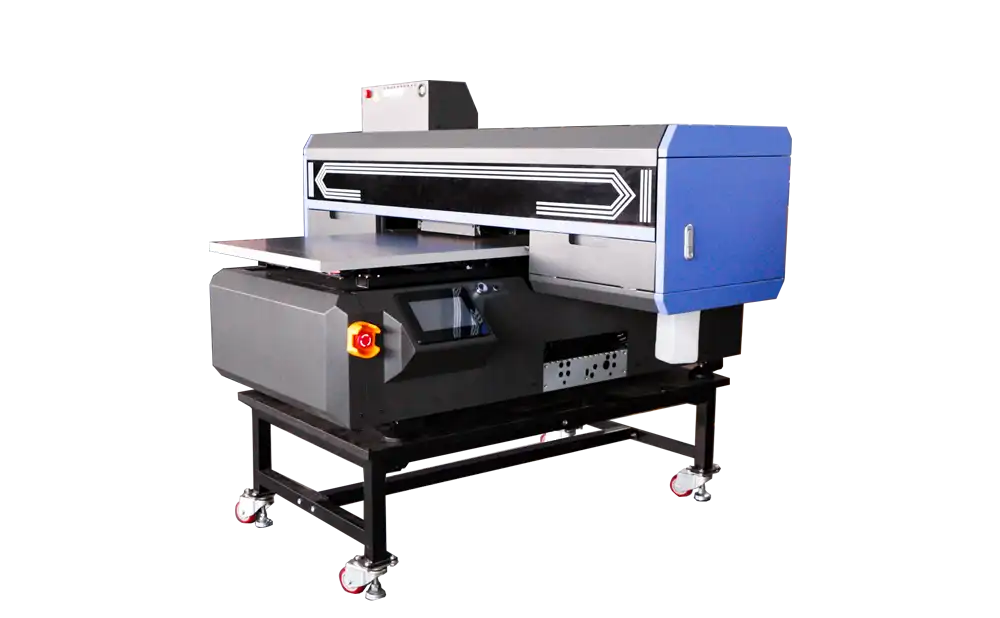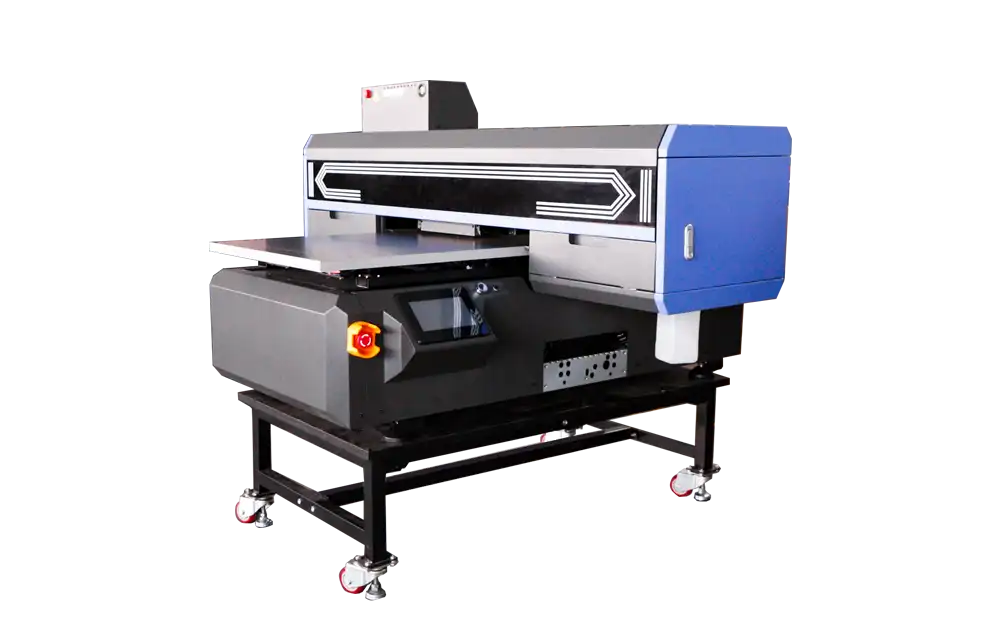Application of UV stickers in the field of safety
Date: 2025/11/18

For machine tool safety, stickers come first
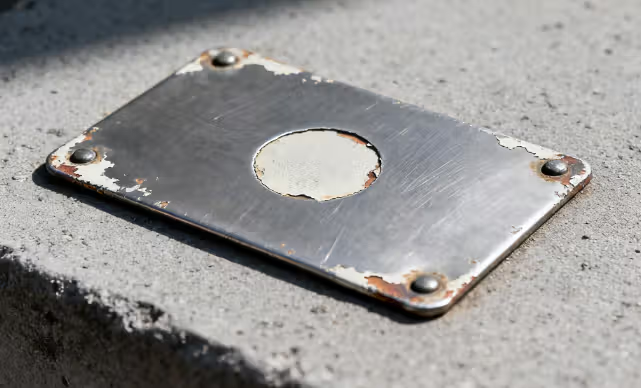
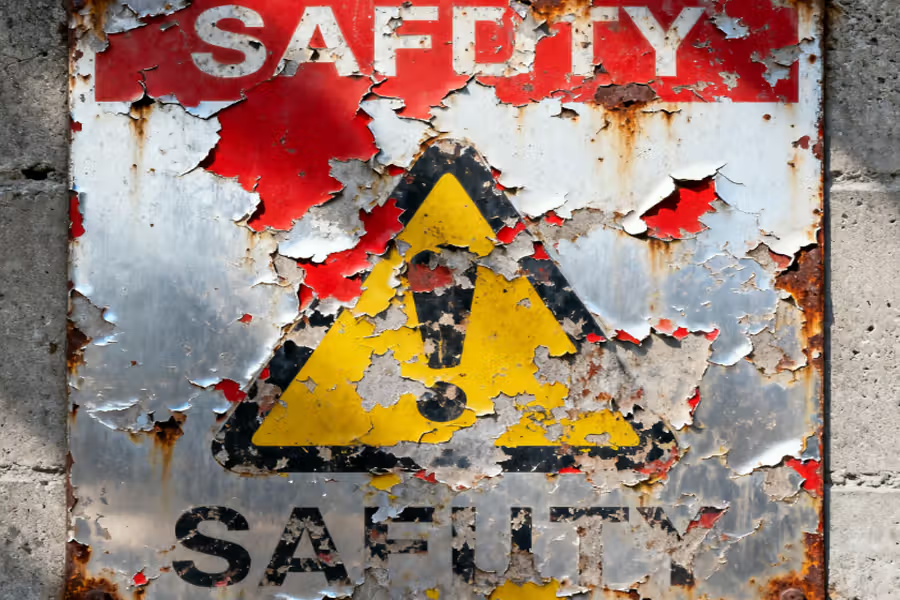
The former "main force": the troubles of metal nameplates
But problems arose with this metal nameplate after some use. Paint peeling is particularly common; on many machine tools, the paint on the nameplate starts to flake off in pieces after not being used for long. This is mainly because the metal nameplate is exposed to the workshop environment for a long time. Cutting fluids and lubricating oils splash onto it from time to time. Coupled with the high humidity in the workshop and frequent temperature changes, the paint can’t hold up over time and starts to peel. Paint peeling is no trivial matter. The warning information, parameters, etc., on it all become blurred, making it difficult for operators to check, and the warning effect is greatly reduced. If a safety accident occurs because the information can’t be seen clearly, the loss will be significant.
There’s also the problem of rusting at the drilled holes. To fix the metal nameplate to the machine tool, drilling holes is usually necessary. But as soon as holes are drilled, problems follow. Metal materials are prone to electrochemical corrosion in a humid environment, especially at the drilled holes, which are more likely to rust. Rust not only affects the appearance of the nameplate but also reduces its durability. If it rusts through, the nameplate may not be fixed properly and could fall off. Moreover, rust can spread to the machine tool itself, causing corrosion of the machine tool’s metal parts, affecting the machine tool’s precision and service life, and increasing maintenance costs.
Transition stage: The emergence of one-time stickers
To solve these problems with metal nameplates, disposable stickers have come into play as a transitional alternative. The cost of disposable stickers is much lower than that of metal nameplates, and they are also simpler to produce, allowing companies to save a significant amount of money when purchasing them. Installation is also particularly convenient; you just peel off the backing adhesive and stick them onto the machine tool. Unlike metal nameplates, which require drilling holes for fixation, this saves a lot of trouble.
However, these disposable stickers are not perfect. Their durability is too poor. In the complex environment of a workshop, they won’t last long. A slight touch or rub can easily cause the patterns and text to wear or fade. If they get splashed with cutting fluid or lubricating oil, they may even become blurred directly, failing to serve the warning function at all. Moreover, they are easily damaged and can be torn apart with a light pull. If you want to replace them, you might accidentally leave residual adhesive on the machine tool, which is particularly troublesome to clean. Therefore, although disposable stickers are cheap and easy to apply, frequent replacement over the long term is a hassle, and they cannot well meet the demand for long-term use of machine tool safety signs.
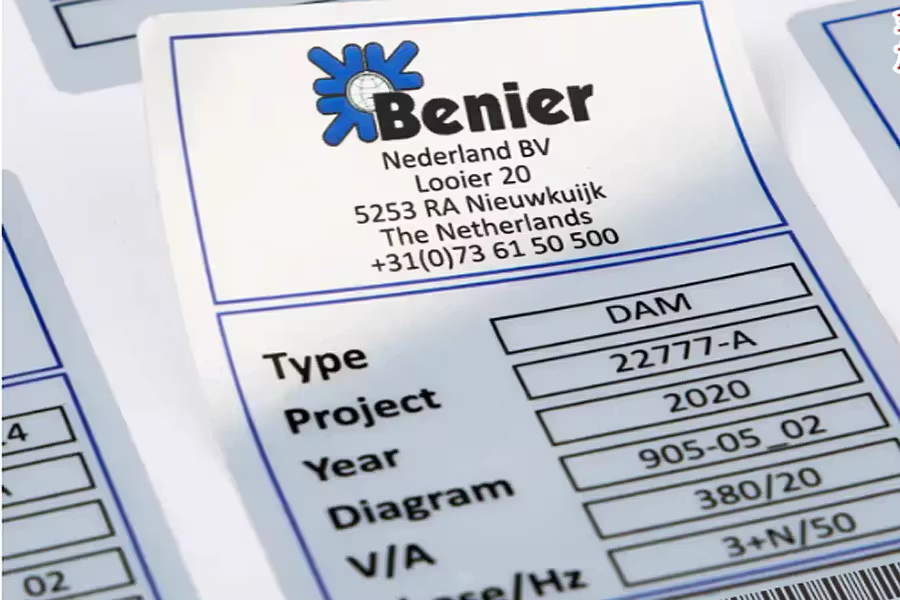
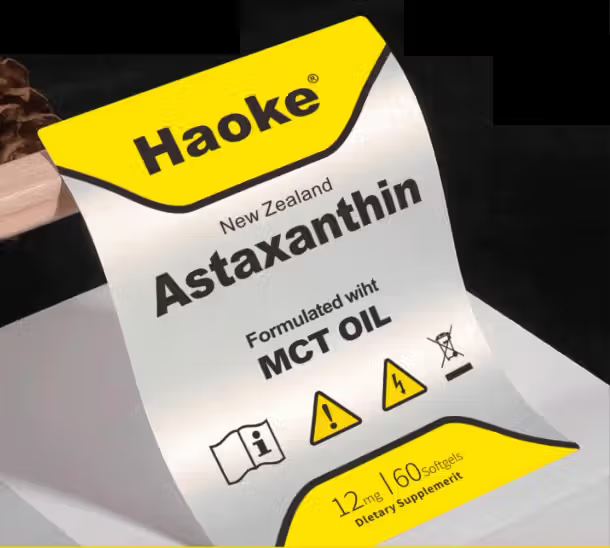
UV printing stickers are rising strongly
In today’s signage field, UV printing stickers have emerged as a latecomer, and among them, UV DTF printing technology has truly shone. UV DTF, short for Ultraviolet Direct to Film, is a digital printing method that takes an unconventional approach. Instead of printing directly on objects, it first works its “magic” on a film, printing exquisite patterns, which are then transferred to the surface of the object. This way, it can easily handle those large, curved, inclined, or uneven surfaces that conventional UV printers cannot print on.
The entire printing process is quite interesting. First, the design must be carefully created on a computer using design software, which can be logos, artworks, or patterns. Once designed, it is saved in common file types such as EPS, AI, TIFF, or PNG. Before printing, RIP software is essential. It can properly arrange white ink, color layers, and varnish, playing a crucial role in achieving smooth gradients, clear text, and accurate color output, and it must not be omitted.
After the preparations are done, the official printing process begins. The design is printed onto a special plastic sheet called PET A film. The surface of this A film has an adhesive layer, which is initially protected by a removable film. Before printing, the protective film must be carefully peeled off to expose the adhesive. There are various types of A films, with matte or glossy surfaces and different thicknesses, which can meet the requirements for different surface effects and flexibility. Once the A film is ready, the UV DTF printer comes into play. It uses UV-curable inks to print the design directly onto the adhesive layer of the A film.
Printing is not the end of the process. Next, a transparent adhesive sheet, known as B film, is added to the A film. This B film is a PVC-based sheet with much stronger adhesive force than the A film. The A film and B film are pressed together using a UV laminator, causing the pattern and adhesive on the A film to firmly stick to the B film. This B film acts as the adhesive part of the sticker, helping the design adhere to various surfaces. During lamination, issues such as bubbles, wrinkles, and edge curling can be resolved, resulting in a smooth and clean surface.
Finally, comes the transfer step. Separate the A film on the back from the B film on top, and the design will remain on the B film. Cut the film roughly into a rectangle along the pattern; there’s no need to cut it too precisely. Then, attach the B film with the pattern facing down to the surface of the item. Use a flat tool like a rubber broom or scraper to press the entire pattern evenly, making the adhesive stick tightly to the surface. Then, slowly peel off the B film, and the pattern will stay firmly on the surface of the item, with any excess adhesive being removed along with it. The whole process is quite simple.
A comprehensive revelation of all-round advantages
The advantages of UV printed stickers are quite obvious compared to the previous metal nameplates and disposable stickers. In terms of cleanliness, the surface of UV printed stickers is smooth, making it difficult for stains to adhere. If they get dirty, a gentle wipe will clean them up. Unlike metal nameplates, where stains seep in after the paint peels off, leaving marks no matter how you wipe them.
In terms of flatness, UV printed stickers are simply impeccable. They adhere perfectly to machine tools without issues like wrinkling or bubbling, which would affect aesthetics and warning effectiveness. Disposable stickers, on the other hand, are prone to wrinkling, looking crumpled and significantly impacting the appearance.
In terms of gloss, UV printed stickers can achieve different effects such as high gloss or matte according to requirements, making warning signs more eye-catching or better matching the overall style of the machine tool. Even if metal nameplates have a gloss when first installed, they become dull after the paint peels off and rust forms.
Most importantly, their corrosion resistance. UV printed stickers can resist the erosion of chemical substances such as cutting fluids and lubricants. They can remain intact in humid and high-temperature environments and will not be damaged even with long-term use. Metal nameplates are far inferior in these aspects; as mentioned earlier, they are easily corroded, leading to unclear identification.
Thanks to these advantages, UV printed stickers are being used more and more widely in the mechanical processing field. In terms of car decals, those made using UV DTF printing technology have bright colors and clear details, and can withstand sun, rain, and water washing, unlike traditional vinyl stickers which are prone to falling off and fading. For small-batch product label production, such as labels for spice jars, handmade soaps, and gift boxes, UV DTF printed labels can perfectly adhere to various shapes without bubbles or edge lifting, just like an integral part of the packaging. In terms of drinkware decoration, such as candle jars and mugs, decoration using UV DTF transfer technology is particularly simple. There is no need for special tools to print beautiful patterns. In the field of machine tool safety signs in mechanical processing, UV printed stickers, with their own advantages, have become a new “main force”, safeguarding safe production.
The following are the currently best-selling models of keditec, which can meet everyone's UV printing needs.
Summary and Recommendation, Looking Forward
From metal nameplates to disposable stickers, and now to the dazzling UV-printed stickers, the evolutionary history of machine tool safety stickers is actually a history of constantly solving problems and pursuing better solutions. Although metal nameplates had their glory days, issues such as paint chipping and rust made them gradually unable to keep up with the needs of safe production. Disposable stickers served as a short-term transition but failed to take on this important responsibility due to poor durability. However, UV-printed stickers, relying on UV DTF printing technology, have achieved an all-round victory in terms of cleanliness, flatness, gloss, and corrosion resistance, becoming the unrivaled choice for safety signs in the current mechanical processing field.
Here, it is necessary to recommend the keditec brand’s UV DTF printers. The keditec brand has been deeply engaged in the field of UV DTF printers for many years and has strong technical strength. Their printers have extremely high printing precision, which can perfectly present the details of patterns and text, and can easily handle even the most complex designs. The printing speed is also very fast, which greatly improves production efficiency and helps enterprises save a lot of time costs. Moreover, the operation is particularly simple; even novices can get started after a little learning. The stability is also excellent; it can work continuously for a long time with few failures and is easy to maintain. If your enterprise has a need to produce UV-printed stickers, keditec’s UV DTF printers are definitely a reliable choice. They can help you easily produce high-quality machine tool safety stickers and contribute to the safe production of your enterprise. It is believed that in the future, with the continuous advancement of technology, UV-printed stickers and related printing equipment will become more and more perfect, playing a greater role in ensuring machine tool safety and many other fields.
Startup story: keditec has helped over 10 small customized enterprises achieve success in total.
Our efforts in the UV field have helped more than 10 stores achieve their business goals cumulatively.
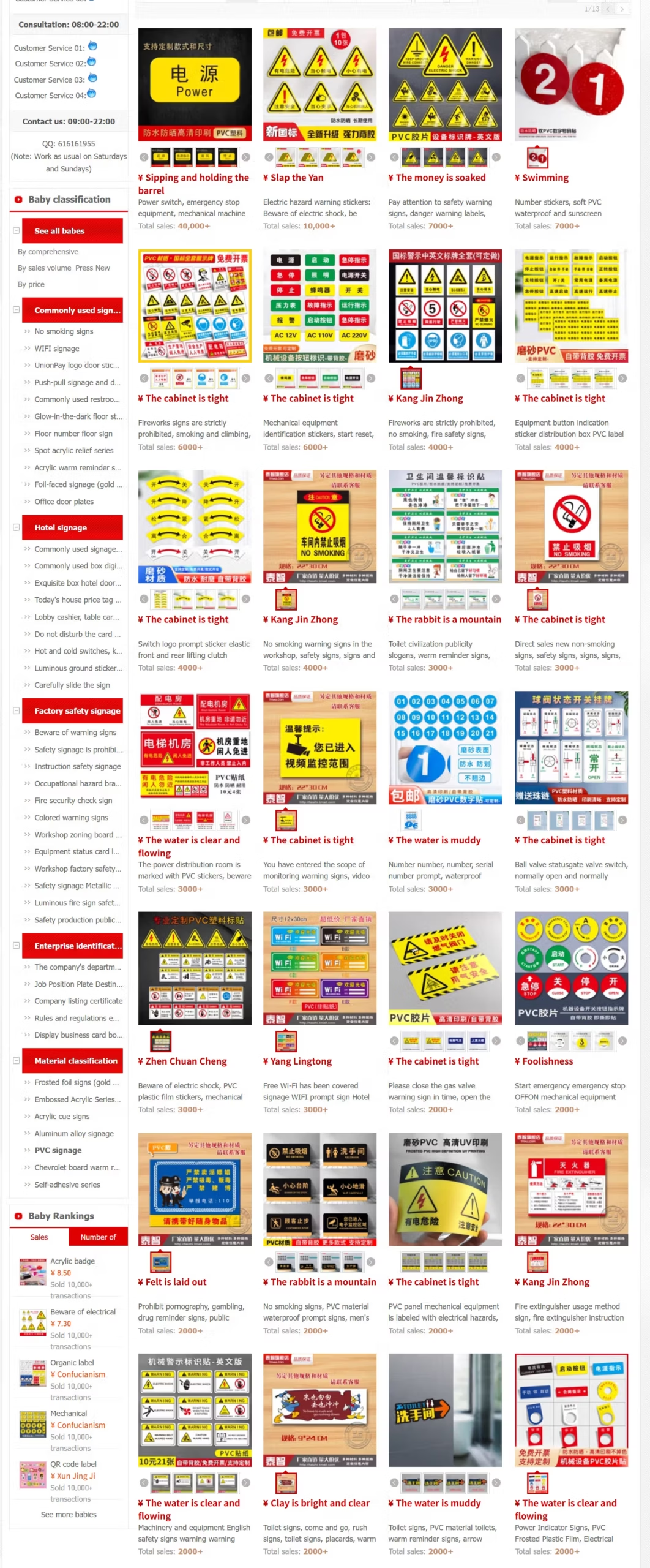
Contact us

